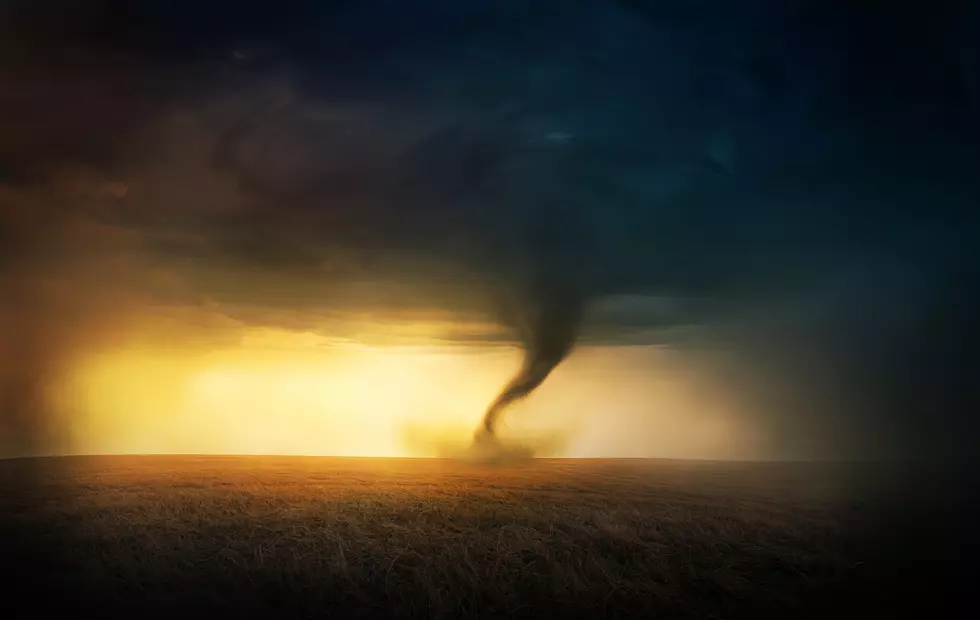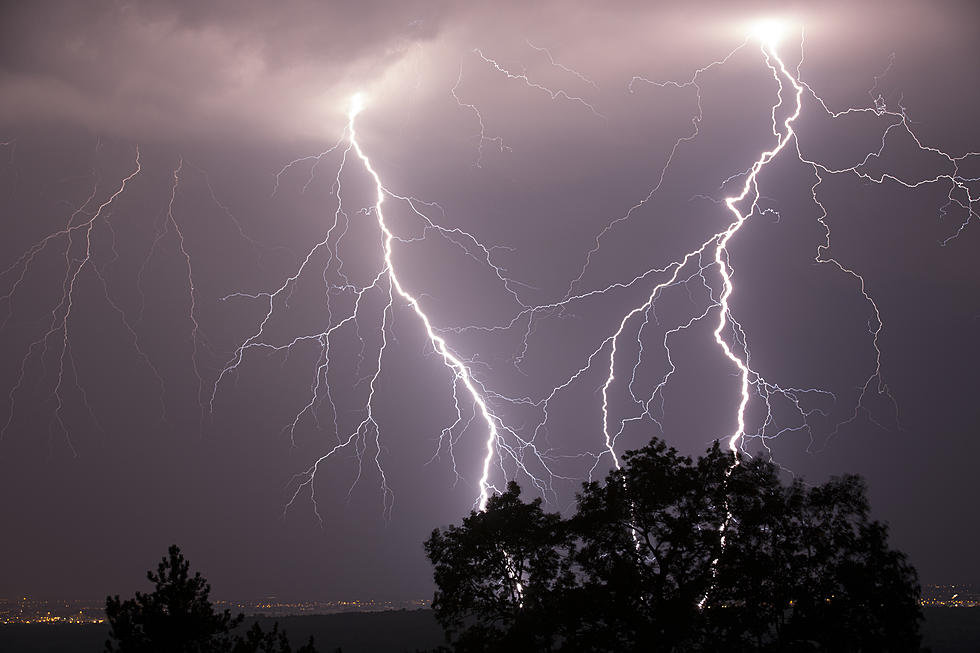
Severe Weather Awareness Week: Extreme Heat
This week is Severe Weather Awareness Week in Minnesota, and today's focus is on the dangers of extreme heat.
Minnesota's Third Deadliest Weather Factor Since 1990
The third greatest number of weather fatalities in Minnesota since 1990 has been due to excessive heat. Eighteen people have died from high heat and humidity. Only tornadoes and flooding have killed more people in the last 25 years.
In the last 10 years, a national average of 219 people have died as a result of health problems directly related to excessive heat. Considering this death toll, the National Weather Service has stepped up its efforts to more effectively alert the general public to the hazards of heat waves.

Based on research findings, the National Weather Service devised the Heat Index (HI). It is an accurate measure of how hot it really feels when the relative humidity is added to the actual air temperature. It is important to note that since heat index values were devised for shady, light wind conditions, exposure to full sun can increase values by up to 15 degrees.
Heat disorders generally have to do with a reduction or collapse in the ability of the body to shed heat by circulatory changes and sweating. In other words, a chemical imbalance caused by too much sweating.
When heat gain exceeds the level the body can remove, or when the body cannot compensate for fluids and salt lost through perspiration, the inner-core temperature of the body begins to rise and heat-related illnesses may develop.
Ranging in severity, heat disorders share one common feature: the individual has over-exposed or over-exercised for his/her age and physical condition in the existing thermal environment.
Sunburn, with its ultraviolet radiation burns, can also significantly retard the ability of skin to shed excess heat.
Safety Tips
The National Weather Service will issue advisories or warnings when the heat index is expected to have a significant impact on public safety. The common guidelines for the issuance of excessive heat warnings is when the maximum daytime index is expected to reach 105, and the nighttime low temperature does not fall below 75 or 80 degrees.
Here are some tips to follow to ensure that heat-related problems do not impact you:
- Slow down. Strenuous activities should be reduced, eliminated or rescheduled to the coolest time of the day. Individuals at risk should stay in the coolest available place, not necessarily indoors. Dress for summer. Lightweight, light-colored clothing reflects heat and sunlight and helps your body maintain normal temperatures.
- Put less fuel on your inner fires. Foods such as proteins that increase metabolic heat production also increase water loss.
- Drink plenty of water, or other non-alcoholic fluids. Your body needs water to keep cool. Drink plenty of fluids, even if you don't feel thirsty. However, those who suffer from epilepsy, heart, kidney or liver disease, are on fluid restrictive diets, or have a problem with fluid retention should consult a physician before increasing their consumption of fluids.
- Do not drink alcoholic beverages.
- Spend more time in air-conditioned places. Air conditioning in homes and other buildings markedly reduces danger from the heat. If you cannot afford an air conditioner, spending time each day in an air-conditioned environment during hot weather affords some protection.
- Be careful not to get too much sun. Sunburn makes the job of heat dissipation that much more difficult.
Pete Hanson is on 98.1 Minnesota's New Country weekday mornings from 5:30 to 10:00.
Our Listeners Share Their Hopeful 'Worlds of Hearts' Creations During Pandemic
More From 98.1 Minnesota's New Country









